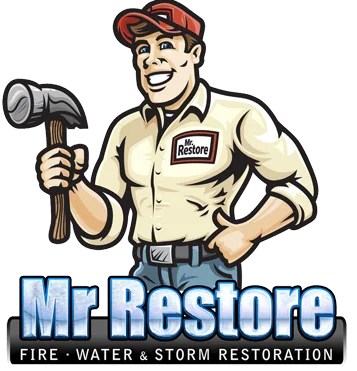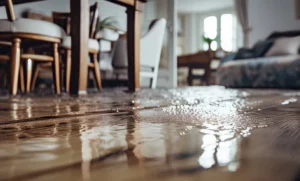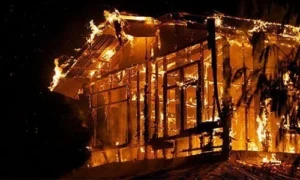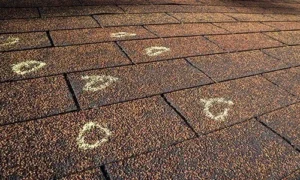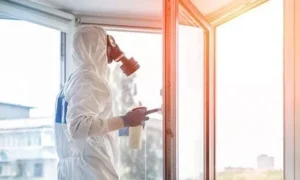Dealing with water damage and the aftermath of a sewage spill can be overwhelming for homeowners and property managers. While there’s plenty of common advice circulating, there are aspects of water damage restoration and sewage cleanup that don’t get discussed as often but are crucial to understand. This article aims to shed light on some of those less-talked-about questions, ensuring you’re fully prepared to handle these challenging situations.
What You Need to Know Before You Begin
Before diving into the cleanup process, it’s essential to understand the scope and potential hazards involved in water damage restoration and sewage cleanup. This preparation can significantly impact the safety and efficiency of the process.
Is It Safe to Stay in My Home During Cleanup?
One of the first questions many people have is whether it’s safe to remain in their homes while cleanup efforts are underway. The answer largely depends on the extent of the damage and the type of water involved. For instance, “clean” water from a pipe leak poses less immediate health risk than “black” water from a sewage backup. In cases involving contaminated water, professional sewage cleanup companies recommend vacating the premises until the area has been thoroughly sanitized and deemed safe.
How Can I Protect My Health During Cleanup?
Health protection is paramount during cleanup, especially in situations involving sewage or floodwater, which may contain harmful bacteria and viruses. Personal protective equipment (PPE) such as gloves, goggles, and respirators are essential. Additionally, ensuring proper ventilation and using appropriate cleaning agents are critical steps in safeguarding your health.
Understanding the Cleanup Process
The cleanup process involves several steps, each critical to restoring a property to its pre-damage state. Knowing what to expect can help you navigate the process more effectively.
What Are the First Steps in Water Damage Restoration?
Immediate action is crucial to mitigate further damage. The first steps typically involve stopping the source of water, if possible, followed by removing standing water using pumps or vacuums. It’s also important to remove wet materials that could foster mold growth.
How Do Sewage Cleanup Companies Tackle Contaminated Areas?
Sewage cleanup requires specialized approaches due to the hazardous contaminants involved. Professional companies start by containing the area to prevent cross-contamination. They then remove sewage and contaminated materials, followed by thorough cleaning and disinfecting of the affected area. Advanced techniques and equipment are often necessary to ensure a comprehensive cleanup.
Dealing with Insurance and Professional Help
Navigating the aftermath of water damage or a sewage spill often involves dealing with insurance companies and deciding when to call in professionals.
How Do I Handle Insurance Claims for Water Damage?
Documenting the damage thoroughly is key. Take photographs and keep detailed records of all damaged property and repairs made. Contact your insurance company as soon as possible to report the claim. Understanding your policy’s coverage for water damage restoration can also help streamline the claims process.
When Should I Call Professional Cleanup Services?
While minor water damage might be manageable on your own, significant damage, especially involving sewage, typically requires professional intervention. Professionals have the necessary equipment, training, and protective gear to handle hazardous situations safely and effectively.
Long-Term Considerations
After addressing the immediate cleanup, it’s important to consider the long-term impact of water damage and sewage spills on your property.
How Can I Prevent Future Water Damage and Sewage Problems?
Regular maintenance is your best defense against water damage and sewage issues. Regularly inspecting pipes, appliances, and the property’s foundation can help identify potential problems before they escalate. Additionally, consider installing water detection sensors and backwater valves as preventative measures.
What Are the Long-Term Health Risks After Cleanup?
Proper cleanup significantly reduces health risks, but it’s important to remain vigilant for signs of mold or lingering odors, which could indicate unresolved issues. Regular inspections and addressing any concerns promptly can help mitigate long-term health risks.
Conclusion
Dealing with water damage and sewage spills requires prompt action, appropriate precautions, and, often, professional assistance. By understanding the less common aspects of the cleanup process, property owners can navigate these challenges more effectively, ensuring the safety and well-being of all occupants and the long-term integrity of the property. Whether you’re taking preventive measures or facing an immediate cleanup, remember that water damage restoration and sewage cleanup companies are invaluable resources in your recovery efforts.
